
views
Do you need a license to legally drive?
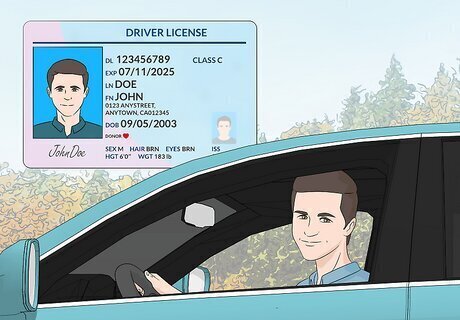
Yes, you need a license to legally drive. In all 50 states plus DC, drivers are required to have an active driver’s license before they hit the road. This legislation applies to both licensed and unlicensed drivers—licensed folks need to have their ID with them whenever they drive, while unlicensed people can’t drive unless they have a learner’s permit (and someone supervising them in the vehicle). Licensing laws exist on a state-by-state basis, and some states (like Alabama, for instance) offer exceptions for vehicles like tractors. This ultimately depends on your local legislature, though, so it’s important to check your state’s license laws to be sure.
What happens if I forget my license at home?
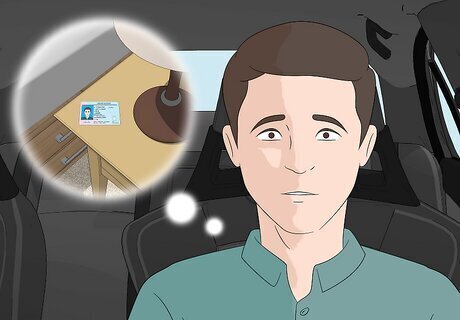
You likely won’t get in too much trouble. Mistakes like leaving your license at home are often treated as “correctable violations,” or infractions that can easily be fixed in court. The exact legal process ultimately depends on the state you live in, but you’ll likely just have to visit your local courthouse and pay a small fine (like $25). Driving with an expired license also tends to fall in this category. If you can renew your license and bring it to your local courthouse, your infraction should be cleared without too much issue. Keep in mind that law enforcement might not be as lenient if you’re repeatedly caught forgetting your license.
Consequences of Driving Without a License

Fines and jail time are potential consequences. Your exact circumstances determine the consequences of driving without a license. If you’re caught driving with a revoked or suspended license, for instance, you could be looking at a pretty serious fine or even jail time. If you’re a repeat offender of driving illegally (like when your license is suspended or revoked), the punishment is even harsher. For example, in Montana, a second offender can be fined up to $500 and spend between 2 days and 6 months in jail.
Workarounds to Driving Without a License

Get a learner’s permit if you don’t have your license yet. The process for getting your learner’s permit is state-specific, so look up your state’s Department of Motor Vehicles (DMV) website for specific instructions on how to test for and receive a learner’s permit. The process may involve: Submitting documentation that proves your citizenship, age, and address Getting a doctor’s signature Passing a knowledge-based exam at a DMV center Note: A learner’s permit isn’t the same as a license, but it gives unlicensed drivers legal permission to drive if they’re accompanied by an adult who’s at least 21.
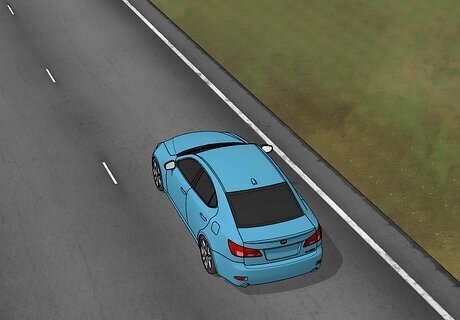
Drive as carefully as you can if you realize you left your license at home. While it’s not the end of the world to be pulled over without a license, verifying your identity in court and paying a small fine is an unnecessary drain on your time and resources. Should you be on the road and realize your license is missing, drive as carefully as possible to your next destination (ideally, your residence) to prevent any run-ins with police. Try stashing your license in your wallet, or some other item that you carry with you frequently; that way, it’s more likely to always be on your person.
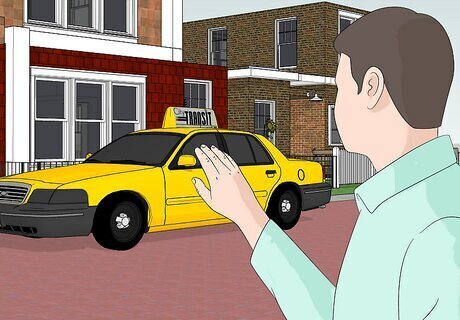
Follow the proper legal channels to get your license back. If your license gets suspended or revoked, law enforcement will let you know what has to be done—ultimately, it depends on the state you live in. While your license is suspended, revoked, or otherwise in poor standing, consider alternative means of getting around, like: Carpooling with friends/relatives Taking public transportation Using a ride-share service (like Uber or Lyft)

Register your license to the correct state as soon as possible. If you move to a new state, you’ll have around 2 months (60 days) to contact your local DMV and get your license updated. To prevent any future complications in the event that you get pulled over, make sure your license is up-to-date should any law enforcement officer ask to see it.

















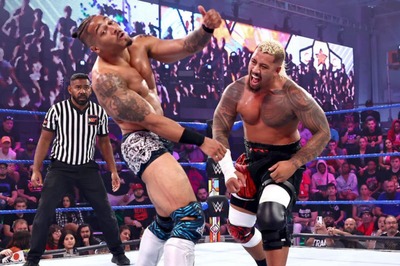
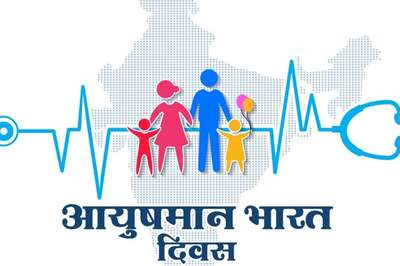
Comments
0 comment